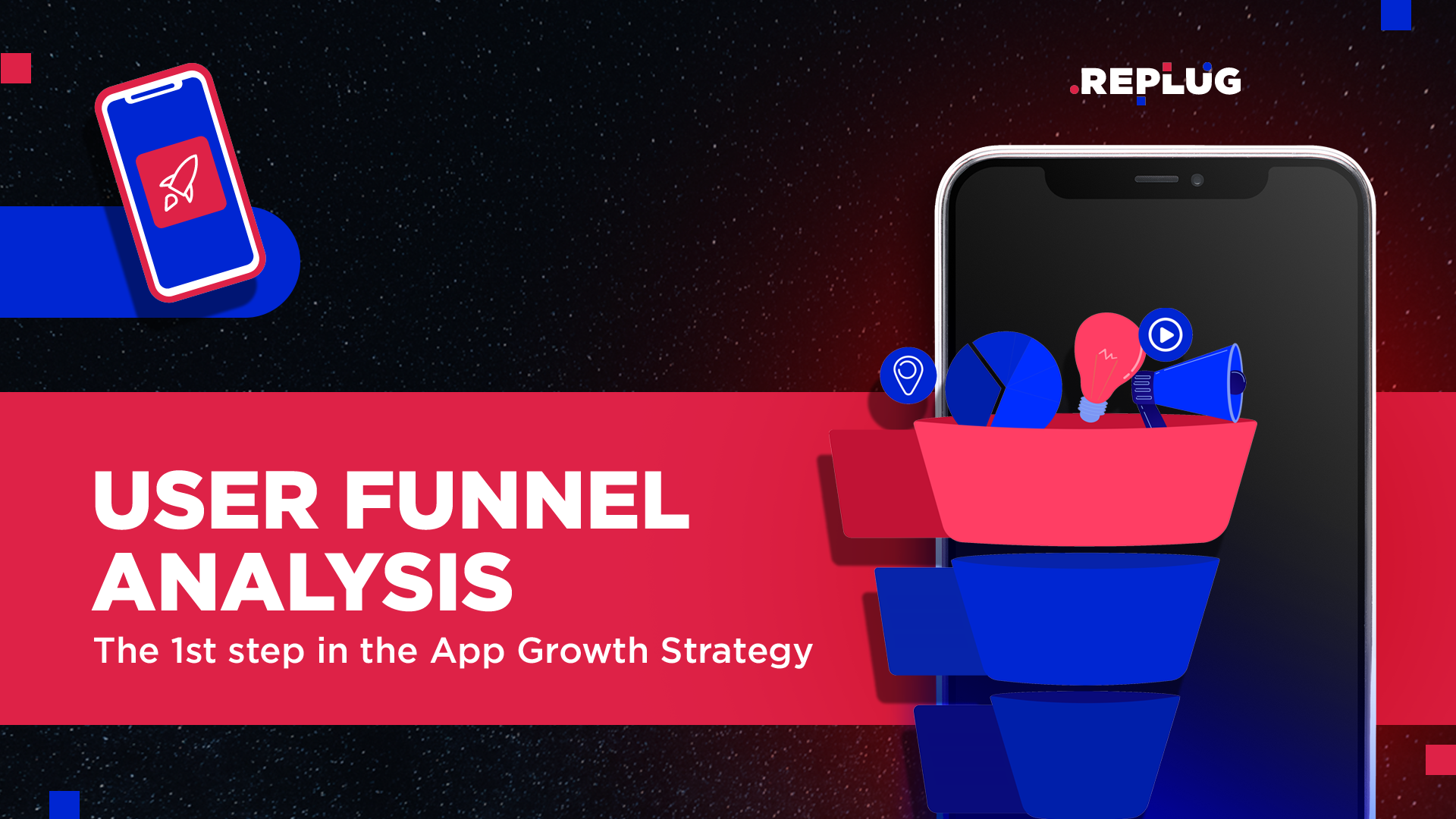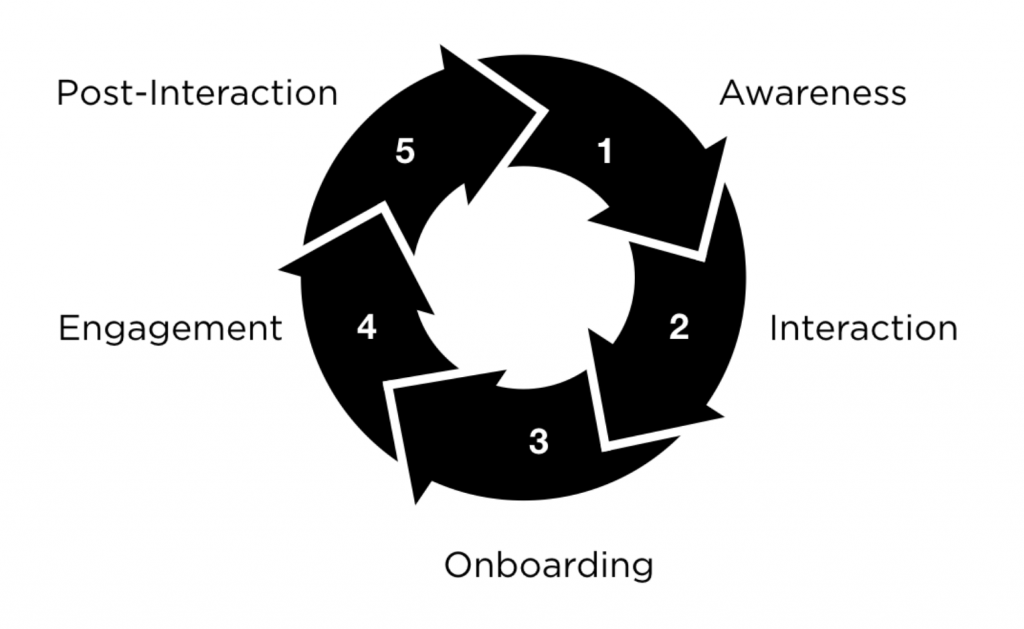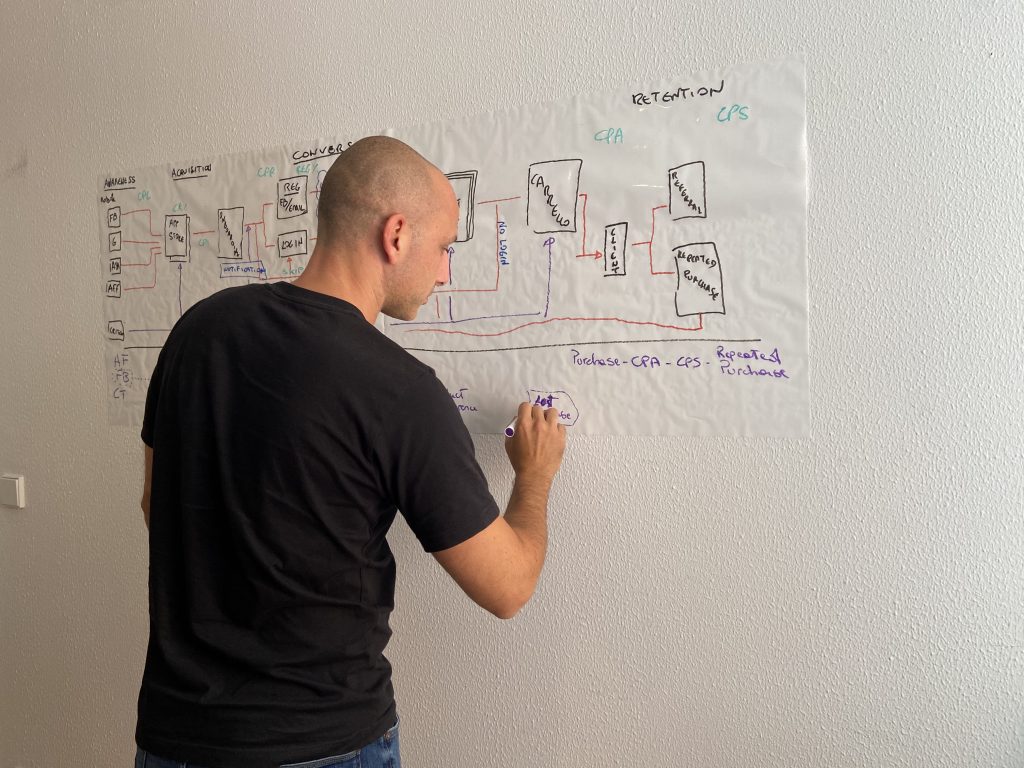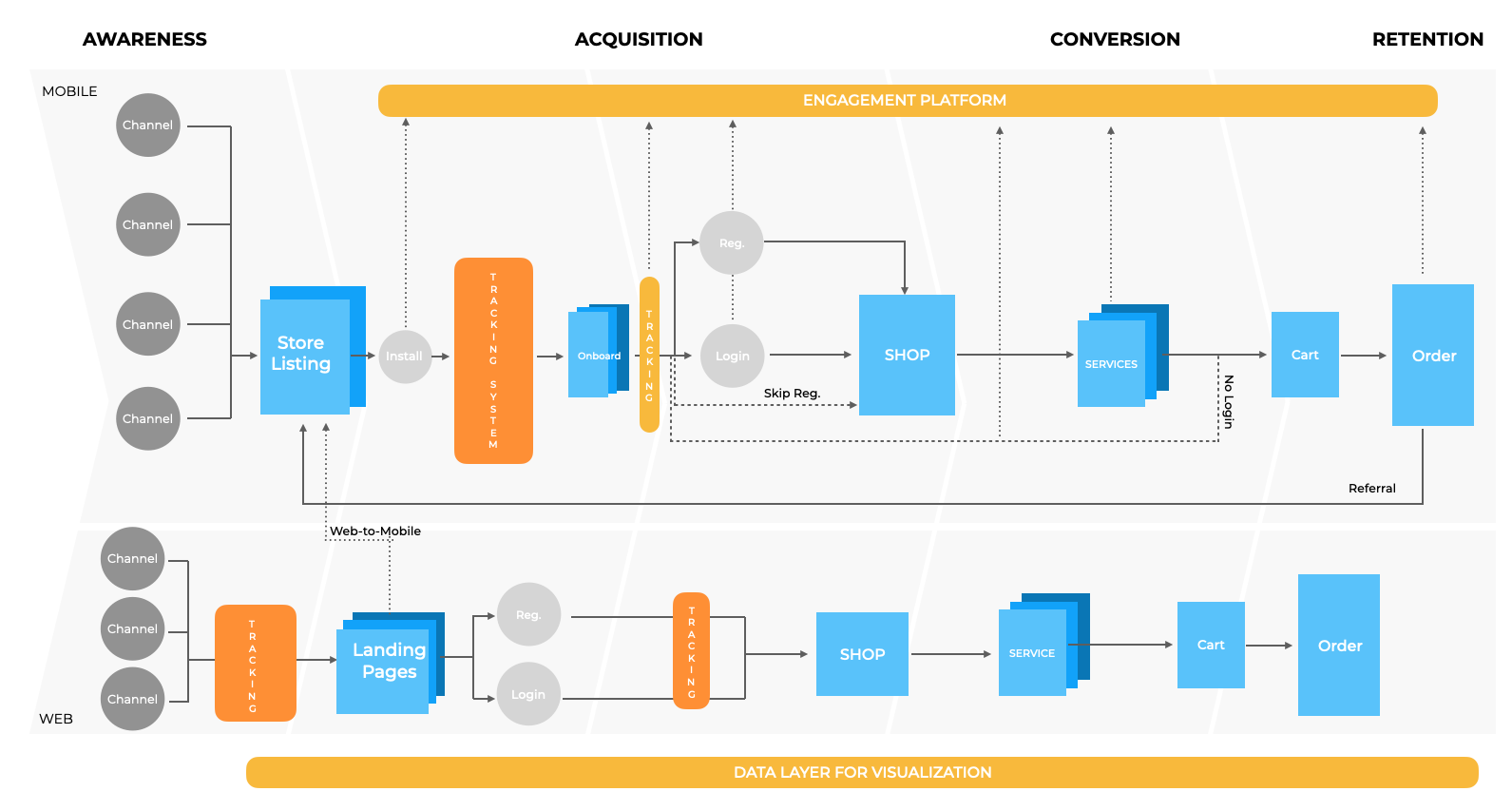User Funnel Analysis: The First Step in the App Growth Strategy


A user funnel analysis is a method typically used to identify how users interact with our product and understand what steps they take before completing the buying cycle. Then, eventually, assess where and why they drop off the funnel.
At REPLUG, the user funnel analysis is a crucial (and initial) step we take before defining what activities will drive the app growth strategy for our partners. Moreover, by visualizing the user journey through the main steps an average user has to go through in the funnel—we are able, together with our partner, to prioritize growth activities.
Now, let’s see why the user funnel is crucial when it comes to your app growth strategy.


Why Bother With a User Funnel Analysis?
Most app developers focus mainly on acquisition activities to drive growth, either paid or organic. The common thought behind this choice is— “the more users we get to the app, the better and faster our growth will be.”
However, what happens when users don’t accept in-app notifications? Or is the in-app experience not letting the users navigate the mobile app the best way?
Or even worse, there is no alignment between the marketing and tech teams on how to implement the digital infrastructure to maximize data analysis.
App growth is the result of a well-balanced strategy that considers different areas, not only marketing. When working with partners, we focus on connecting all the critical points among teams that directly or indirectly drive user growth.
How to Implement a User Funnel Analysis in the App Ecosystem?
The first step in creating a user funnel analysis is to understand what are the macro areas of the app funnel. At REPLUG, we use either one of the two following models to analyze the user funnel:
- Awareness – Interaction – Onboarding – Engagement – Post-interaction
- Awareness – Acquisition – Conversion – Retention
Generally speaking, those two models are very similar and could be interchangeable. However, we noticed that for mobile apps with a more complex onboarding process, the first model tends to create more transparency and action points to take into consideration for optimization.


Once we decided what model to use, we then began visualizing the steps in the funnel that a user could go through. We take the time to discuss with our partners what acquisition channels they have and start mapping out the routes to either the app store or website.
The inner part of the funnel (until the conversion point and eventually also retention) varies according to the partner we work with. The experience of built-in apps can vary quite a lot, depending on the monetization model and verticals of operation.
This part of the funnel requires a few iterations with the partner to make sure we manage to identify all the right in-app activities and events they currently track.
However, mapping the user journey can be pretty revealing for our partners. Usually, it is the first time the marketing managers sit with the tech team and discuss how one another sees the funnel and the data tracked. On top of that, while doing this, we are able to help them understand whether the in-app events tracked are all they need to maximize the app growth strategy.
What Happens With the App Growth Strategy Once Everything Is Mapped Out?


Once we finished the first iteration, called the “Status Quo“ of the user funnel, we then moved on to creating a “Suggested Funnel” based on the data and the suggestions gathered.
The “new” funnel results from a careful analysis of in-app users’ interactions based on our partners’ needs, guiding us in implementing the proper steps to create a correct app growth strategy.
As a result of that, for app growth strategy, we then decide to work on the following:
- Digital Infrastructure – Improving the current setup and/or identifying new tools that are needed in the app infrastructure to create further transparency
- KPIs Definition – Listing the important in-app KPIs to which we can relate growth metrics
- User Acquisition Optimization – Understanding channel performance based on the new user funnel
- Product Optimization – Creating a list of A/B tests of in-app improvements to implement—with the aim of increasing the conversion rate.


Conclusion: User Funnel Analysis Is Crucial for the App Growth Strategy
Funnels aren’t only for tracking conversion rates; the stats need context to make sense. Drilling down into the specifics of each step of the funnel will give that context, mainly when studied in collaboration with your marketing activities.
Whether following your customers through a buying process or re-engaging them after you thought you’d lost them, funnels are an excellent tool for tracking various user behaviors and measuring particular business objectives.
The user funnel analysis is a fundamental step in REPLUG’s consulting approach, and it has enabled several of our partners to create transparency and improve their growth strategy.
Are you looking for the right partner to go to the next level with your app? Get in contact with our experts and learn how we have helped multiple partners succeed.
Originally published on August 25, 2020. Updated on July 27, 2022.
Comments